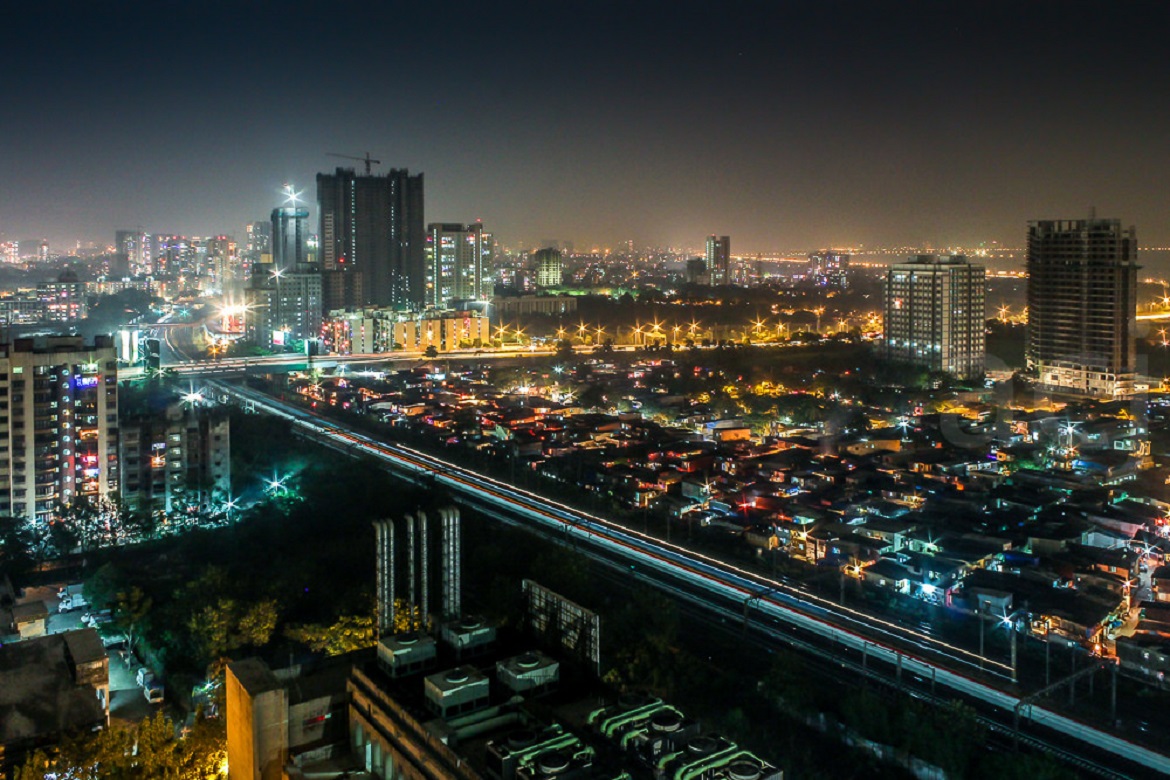Each monsoon, our cities witness the same sights—some more horrifying than others—of flooded and potholed streets, overflowing sewers, power outages, and building collapses; and the same issues repeat each year like a stuck record. Given that urbanisation is an inevitability, and a growing urban population will only add to the pressures on our cities, this is a situation we can ill-afford.
When read along with what several reports state—that by 2030, cities will account for 70 percent of the country’s GDP and 70 percent of net new jobs created—we get a sense of what is at risk. All this is not new knowledge—neither the fact that India’s cities will play an increasingly larger role, nor that our cities need a major overhaul.
Our attempts at fixing the issues cities face have mostly focused on a ‘projects-based’ approach.
Why, then, haven’t we been able to fix even some of these basic issues that our cities face? One could argue that this is largely owing to two related reasons—first, that India’s policymakers haven’t given due attention to cities, and relatedly, second, that our attempts at fixing the issues cities face have mostly focused on a ‘projects-based’ approach, often resembling spot-fixes, ignoring the fact that it is poor governance systems that fail to deliver the infrastructure and services our cities need.
Of these two reasons, it would be wiser to focus on the latter since governments today are at least realising the importance of cities, though they have a long way to go: urban India continues to be under-represented in both the Parliament and State Assemblies.
As we move ahead to reform our cities for the better, it would be wise for us to not make the same mistakes that both key central urban missions of the past made, or the ones that state governments continue to make today. We can begin by recognising that cities are complex systems that are inter-related and dependent, and that they need to be viewed through a ‘systems’ lens.
It’s important to look at the root cause
Cities are not just mere summations of infrastructure, such as roads, bridges, housing, the metro rail, and services. These are just visible outputs delivered by a set of systems containing laws and policies, crafted by elected representatives, implemented by a set of institutions all ideally underpinned by accountability and citizen participation.

Cities are not just mere summations of infrastructure | Photo courtesy: Ashwin John, Flickr
Laws, policies, institutions, and accountability mechanisms are the roots on which services and infrastructure grow.
If one were to imagine the services and infrastructure that shape our quality of life as the trunk and leaves of a tree, the laws, policies, institutions, processes, and accountability mechanisms are its roots. These critical systems—that are often invisible to most—are what we collectively call ‘urban governance’. They are the ‘horizontals’ that together help hold up and drive both services and infrastructure—transport, affordable housing, waste recovery and management, and pollution control.
Urban governance systems can be bucketed into four broad categories
- Urban planning that ensures adequate and sustainable patterns of growth in cities
- Urban capacities, including people and financial resource management (generating, managing, and spending financial resources for infrastructure creation and upgradation)
- Empowered local governments, with adequate devolution of funds, functions, and functionaries, so as to deliver quality outcomes
- Transparency, accountability, and citizen participation, to ensure that citizens continue to take part in decision making and holding governments accountable, beyond the typical electoral process
While these four systems are distinct, they are also highly interlinked. For instance, good urban planning—lack of which may be costing us up to three percent of our GDP each year—may not deliver the best outcomes if the state doesn’t include local governments, and if these local governments don’t, in turn, involve citizens. However, creating good plans also requires adequately skilled government personnel, an aspect lacking in India’s cities today.
Related article: Why isn’t philanthropy investing in urban slums?
‘Project spending’ can only take us so far
The focus, till date, has mostly been on spot-fixes and ‘projects’, and not governance, particularly on empowering local governments—an aspect without which, our cities may not sustainably develop. While increased infrastructure spending in cities is important, because of poor governance systems, it is akin to pouring water down a leaky bucket.
Of all central missions, it can be argued that the Jawaharlal Nehru National Urban Renewal Mission (JNNURM), launched in late 2005, was the first major urban mission, given the resources that were rallied behind it. JNNURM was also a welcome departure from earlier models as it pushed states to implement several governance reforms. However, by 2014, it was clear that the reforms push of the mission had failed to create the impact it aimed to.
For instance, two of the mandatory reforms at the state government level included passing of the Community Participation Law (CPL) and the Public Disclosure Law (PDL). As per Janaagraha’s annual study on the state of governance in some of India’s largest cities, out of the 20 states studied, only 10 had both enacted PDL and passed rules for its implementation. The figure for CPL is even lower at six states out of the 20.
The benefits that cities would have reaped had these laws been passed—meaningful citizen participation in governance and an increase in accountability—would have been immense to say the least.
The Atal Mission for Rejuvenation and Urban Transformation (AMRUT) continues the approach of pushing forward reforms along with projects but it too hasn’t been able to drive governance reforms successfully—and with the last year’s announcement of the 5-point transformational reforms agenda, it too appears to have dialled down the reforms push.
Lack of government capacity is a significant hurdle
Why is this happening? This is a question that may take us back to how this piece began—the lack of attention India’s policy-makers give to cities but also a reluctance of state governments to let go of the strangle-hold they have on cities.
Even central missions do not focus much on the capacity building aspect.
This is exercised through the myriad departments and agencies operating in cities and performing the functions that urban local self-governments (ULSGs) should—such as urban planning and water supply and sanitation. While there are arguments on the ability of ULSGs to handle such large networked infrastructure-based services, the situation is more ‘chicken-and-egg’ with states not doing anything to build capacities or even make state agencies operating in cities accountable to ULSGs. Even central missions do not focus much on the capacity building aspect.
Whatever the arguments may be, the larger question is of the route we want to take towards economic and social prosperity. Countries such as the US and UK have shown that empowered cities, with strong governance systems, are the way to go.
The task in the next few decades for our cities includes welcoming over hundreds of millions into their fold to good quality infrastructure, generating millions of jobs each year and sustaining growth rates at seven percent and above; all of these seem daunting given the current state. The pathway to achieving these will have to be through urban governance systems reforms that make the recurring images of floods and potholes in cities a memory of the past.





